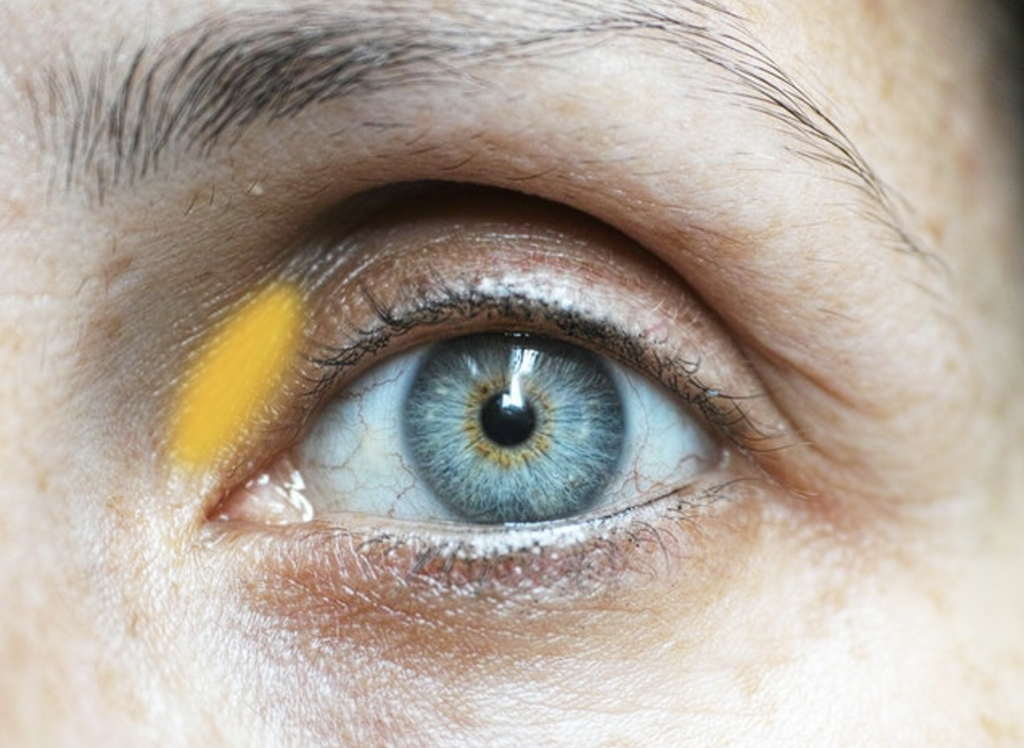Xanthelasma Palpebrarum – yellow raised swelling around the eyes
Xanthelasmata palpebrarum are slightly raised tumors in the eyelid skin. Their conspicuous yellow color disturbs the appearance of patients. The term xanthelasma comes from the Greek words xanthos and elasma. Which mean yellow and flattened metal plate respectively.

Xanthelasma Palpebrarum (XP) is the most common skin Xanthoma. This condition presents as a flat, yellow to orange, non-inflammatory lesion and is often located around the eyelids and around the nasal corner of the eye.
While XP is considered a benign aberration, it is cosmetically disturbing
How XP arises is in most cases still unknown. It is believed that the leakage of plasma lipoproteins through the dermal capillaries plays an important role in the development of XP. In addition, an elevated cholesterol value or a metabolic disorder is a triggering factor.
XP can occur at almost any age with a peak incidence between the ages of 30 and 50, and the condition is more commonly diagnosed in women than in men. For example, various studies show a prevalence of 1% to 2% in women and 0.3% to 1% in men of the total world population. About 33% of men and 40% of women with xanthelasma have elevated cholesterol levels. Obesity was found in 26% (in women more than in men).
What are the treatment options for Xanthelasma?
The traditional treatment of XP is to remove the lesions via surgical excision. However, this often carries the risk of cosmetically unacceptable scarring. Recently, laser therapy has been described as a treatment modality in the treatment of XP. Which seems like a viable alternative, with fewer side effects, avoidance of surgery, minimal tissue loss, with the aim of a better cosmetic result.
The literature is now looking at the effectiveness of the application of laser therapy in the removal of XP using the CO2 laser. This laser has a better effect on the coagulation of the blood vessels, so that the risk of lipids leaking into the tissue is as small as possible. This laser also has the shortest downtime, so faster healing. In addition, a laser has several positions and can therefore be used for accurate work.
Results of various studies show that laser treatment is very effective. In 2015, for example, a researcher showed Goel that all participants with XP could be completely removed without lasting complications. Patient satisfaction with this treatment is also very high. More than 70% of the treated patients indicate that they are satisfied with the results. This percentage is several times lower when XP is removed using cosmetic surgery.
The CO2 laser is therefore seen as an excellent treatment for the removal of XP lesions.
Want to know more: email us or book an appointment
